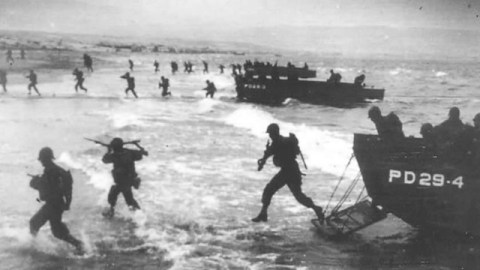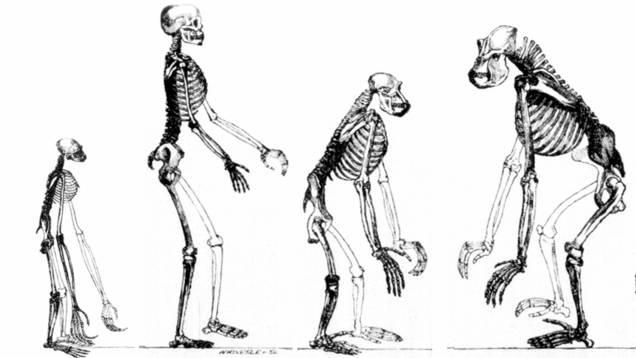Why Didn’t J.D. Salinger Write More About War?

It was an elegant accident of editorial timing: two major articles on post-traumatic stress (and the attendant increase in prescription pill use among members of our military), and a beautiful, heart-breaking book review by Jay McInerney of J.D. Salinger: A Life. All of these addressed the stresses of war, and the ways in which we heal from them. The pills we take to heal from wars today is a topic we will read more about in years to come. It will be this generation’s best writers who unpack the pharmacological phenomenon, and who question its price.
“Love and Squalor” was the title of the Times review, taken from Salinger’s store “For Esme, With Love and Squalor.” The love was a romance; the squalor was war. And the idea was that one saves us from the other. People don’t really write letters anymore, but if they did they would have an even deeper appreciation for the art of writing practiced by Salinger via his characters, and perhaps they would feel more deeply the subtle and ironic anger packed within an almost suffocating love. We all remember those letters. We all remember Zooey in the bathtub.
McInerney points out that when the stories were published, Salinger had powerful detractors:
Despite its mysticism, “Franny and Zooey” was hugely popular when it was published in 1961, although critics, including Joan Didion and Updike, generally felt that Salinger, besotted with his self-contained, self-satisfied Glass family, was disappearing up his own omphalos.
But his review’s revelation—or, the thing that tied it to news around the rest of the world this week, was the proposal (made by the biographer, not the critic) that what Salinger suffered from was less a reticence, or a very cool allergy to renown, but rather a real case of post-traumatic stress. The condition may have lacked a diagnosis at that time, and definitely lacked a drug. Maybe Salinger put his emotions into Seymour Glass, the Glass who blows his brains out in “A Perfect Day for Bananafish.” (McInerney points out that “Readers who aren’t baffled tend to attribute Seymour’s suicide to his wartime trauma—although there’s also a school of thought that blames his horrible wife.”) But did he address it anywhere else?
McInerney writes:
It seems remarkable that this deeply ambitious writer, who continued to send stories to [agent Harold] Ober from foxholes, chose not to write about his combat experience when he clearly had the material for a European-campaign version of “The Naked and the Dead.” From another angle—Slawenski sees it this way—his avoidance of the most dramatic material of his life suggests post-traumatic stress disorder.
This review is not only about war, as neither Salinger’s life nor his work focused only on guns, or butter. His most memorable works addressed what lies inside the minds of people whose lives are defined by intense, if quirky, relations with others. And while the intimacy of a tub on the Upper West Side is a world away from Utah Beach, the idea of a military “band of brothers” stands in a particular parallel to a family like the Glasses. In both, we come to know our mates too well.
It is love—even if shot through the lens of cynicism, or pretension—that defines Salinger’s characters. People who don’t love don’t write letters like that.





